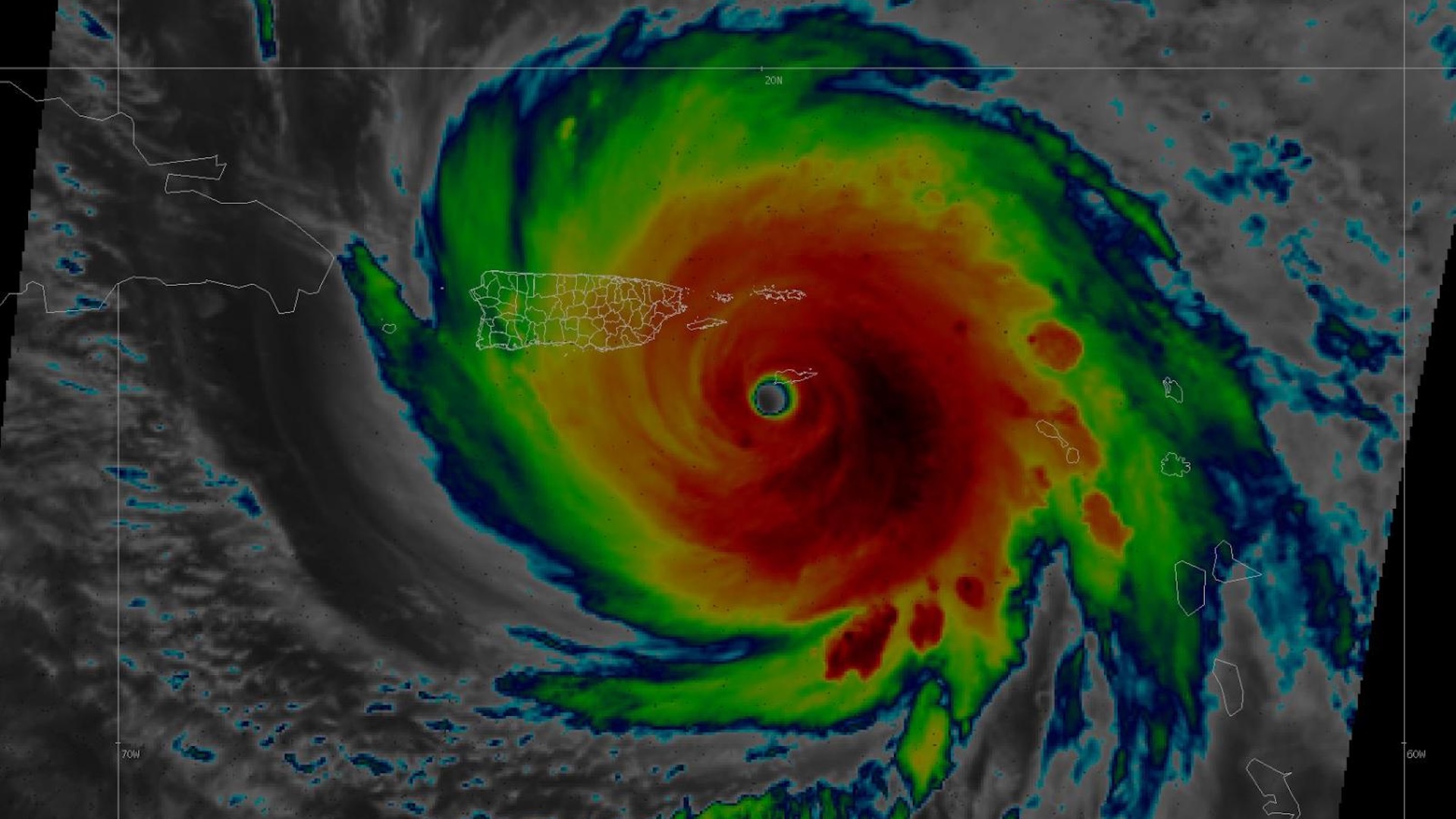
07 Mar Resilient Construction in Puerto Rico
Puerto Rico’s recent history has shown how fragile our built environment can be when faced with powerful hurricanes, power grid failures, and outdated infrastructure. Resilient construction is no longer a niche concept—it’s a necessity. Building for the future in Puerto Rico means designing and constructing spaces that can endure natural disasters while supporting long-term sustainability and self-sufficiency.
Hurricane Maria and the Wake-Up Call
When Hurricane Maria devastated Puerto Rico in 2017, it exposed the fragility of the island’s infrastructure. Power outages lasted for months, communication networks collapsed, and thousands were displaced. The storm served as a harsh wake-up call about the vulnerabilities in conventional construction methods and the need for a more resilient built environment. Resilient construction is no longer a luxury; it is a necessity. This disastrous event highlighted the need for firms of all sizes to stay at the forefront of a movement to design and implement resilient construction in Puerto Rico—ensuring that structures are built not only to withstand environmental shocks but also to serve communities through recovery and beyond.
What Does Resilient Construction Mean?
Resilient construction refers to the practice of designing buildings and infrastructure to resist and recover from natural and man-made disasters. This includes hurricanes, earthquakes, flooding, wildfires, and power grid failures. In Puerto Rico, it also means designing for economic sustainability, energy independence, and long-term usability. It’s essential to apply a holistic approach to resilience, which includes:
- Adhering strictly to updated Puerto Rico building codes
- Incorporating renewable energy sources such as solar panels and battery storage
- Designing structures with flood-proof materials and elevation strategies
- Implementing redundancy in critical systems (water, power, communications)
- Encouraging modular design and adaptive reuse
Integrating Resilience into Every Phase
Resilience isn’t just about the materials used—it begins in the planning phase. Before a single shovel hits the ground, our team conducts environmental assessments, evaluates risk scenarios, and collaborates with engineers, architects, and community members. We design with the understanding that emergencies will happen, and we aim to reduce the social and economic costs of these events.
Post-disaster recovery is also a key consideration. Structures must not only survive storms but must be usable and safe immediately afterward. This means prioritizing design features such as:
- Backup power generation
- Easily accessible emergency exits and medical stations
- Water storage and purification systems
- Communication hubs and community gathering points
The Role of Community and Education
Resilient construction in Puerto Rico must go beyond the building envelope. It requires a cultural shift in how communities view safety, risk, and long-term investment. Design and construction companies in Puerto Rico must work closely with local stakeholders, from government officials to neighborhood associations, to raise awareness about resilient design principles. There is an urgent need for collaboration with educational institutions to promote construction techniques that meet new standards and empower the next generation of builders, engineers, and planners. Workshops, apprenticeships, and certification programs are all part of our vision for widespread resilience.
Building Back Better—And Smarter
Resilient construction means more than bouncing back; it means bouncing forward. As Puerto Rico continues to recover and rebuild, there is an opportunity to reimagine the island’s urban and rural environments with strength and sustainability in mind. CV Urban helps clients identify and secure funding, comply with updated regulations, and execute projects that set new benchmarks for safety and innovation. We also focus on the long-term economic impact. Resilient buildings reduce insurance premiums, lower maintenance costs, and improve property values. More importantly, they protect lives, preserve cultural landmarks, and keep businesses open during crises.
Designing for Tomorrow
At CV Urban, we believe resilience is the future of construction. By combining cutting-edge technology, robust materials, and community engagement, we’re helping Puerto Rico transform vulnerability into opportunity. Resilient construction isn’t just smart design; it’s a promise to our communities that we will build with care, foresight, and an unwavering commitment to a safer, stronger island.
